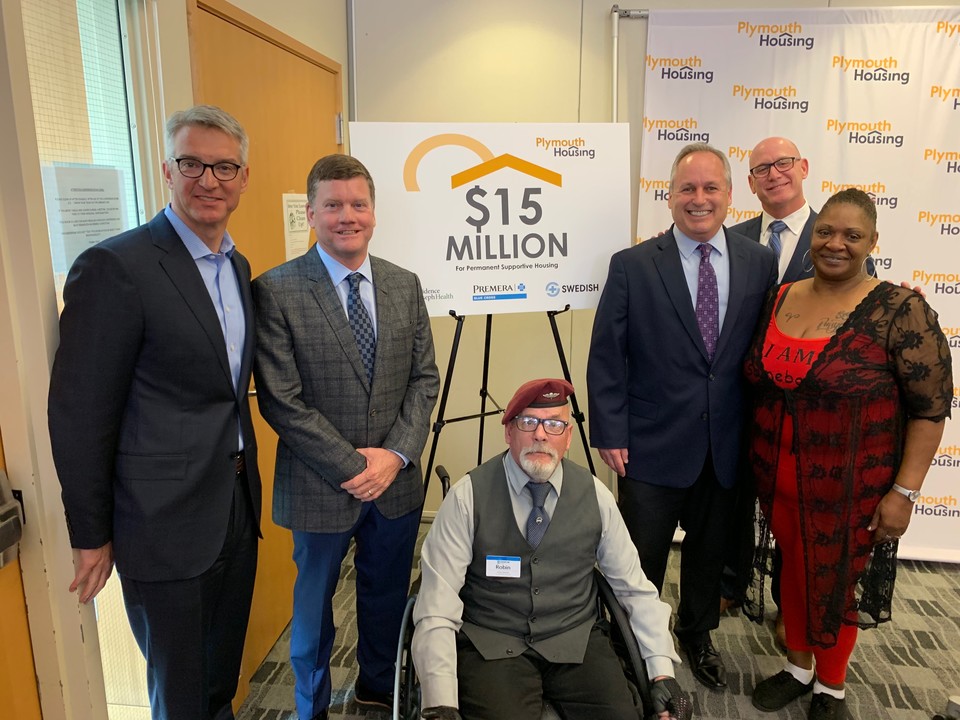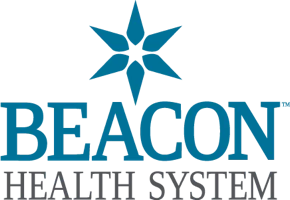Some of life’s most significant moments happen inside a hospital. Whether we go for a broken leg, heart surgery, cancer treatment, to say goodbye to a loved one, or to welcome a new life into the world, hospitals are there for us when it matters most.
But a hospital’s role in the community goes well beyond acute services and clinical care.
Hospitals are a Community Asset
Hospitals and health systems are in a unique position to positively affect the social determinants of health and wellbeing in their communities. From hosting health fairs, supporting shelters, and educating health professionals to hiring and buying locally, how a hospital uses its resources makes a difference, both socially and economically.
Showing Up Where & When We’re Needed
My focus has always been to find innovative ways to help people live their fullest lives — mind, body, and spirit.
As President of Providence for 22 years — one of the largest regional consolidations of hospitals and provider groups and one of the last remaining nonprofit systems in the region — we took very seriously our responsibility to the people of our communities. We were then, as Providence is now, committed to using our resources to respond exactly where, when, and how we were needed.
This meant building a cancer center in Anchorage because the number one cause of death in Alaska was cancer, and Alaskans didn’t have local access to comprehensive cancer programs.
It meant forming a consortium in Washington to create housing and jobs for un-housed people in local communities.
And it also meant traveling with Providence St. Joseph Health volunteers in collaboration with Medical Teams International to provide free dental services throughout the rural pacific northwest.
But, as we all know, it takes cash to grow and build the mission.
Generating Cash Flow to Support the Mission
As CFO, you are responsible for optimizing your financial management to sustain the organization and its mission. And your revenue cycle management leaders wake up every day knowing that maximizing yield, minimizing cost, and getting paid as quickly as possible is their number one job.
At Providence, we found that we were most successful when we embraced a mindset of trying new things…and we tried everything.
This meant asking functional leaders throughout the Providence system to add $1 a day, and together, these leaders — from clinical to quality to compliance to operations to IT to HR — enabled us to advance the growth of critical ambulatory and clinical services.
It also meant keeping our eyes open to the possibility of working with vendor partners to generate more cash.
Stay Open to Outside Help
If someone outside your organization says they can help, be curious. Ask questions. Can they automate nearly 50% of the reimbursement process? Do they have specialized expertise? Will they help you and your team maximize yield, minimize cost, and make sure you get paid as quickly as possible?
As the needs of our communities continue to grow and change, so too should our approach to financial management. When we stay open, we can find unexpected opportunities to generate more cash to strengthen our organization and positively affect the health and wellbeing of those we serve.
This article is part of EnableComp’s Healthcare Leadership Series in which we bring together industry thought leaders to inspire conversation and share strategies and solutions with individuals and organizations in healthcare.





























